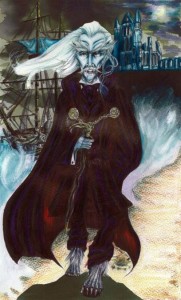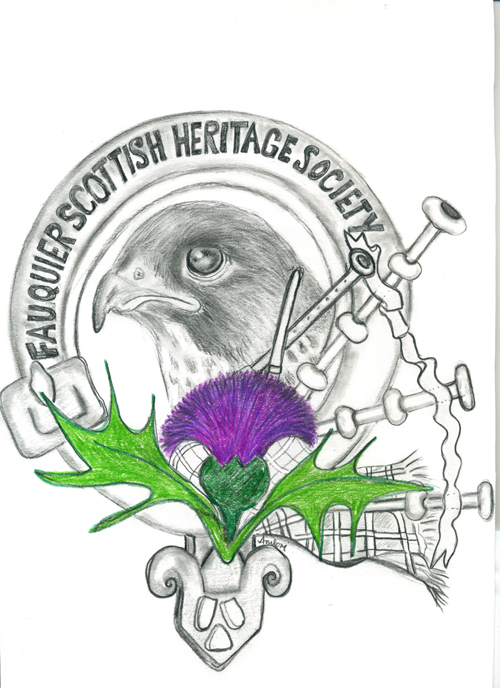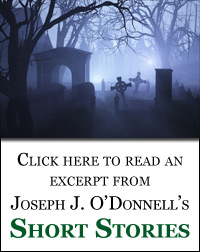
Guest Author Glenn James
“BLOOD-TIES”: A Review of “Dracula: The Undead” By Dacre Stoker and Ian Holt
With grateful thanks to Dacre Stoker for his insights and thoughts into the writing of the novel.
Sometimes you sit down to read a book quite happy to simply discover where the story is going to take you. In the case of “The Undead”, if you are a fan of anything gothic, you would approach it with quite a degree of anticipation: metaphorically wanting to either ward it off, or embrace it, to either approach it with a crucifix stretched out before you in a trembling hand, or in the mood to rip a cross away to expose your neck. For we are treading on hallowed ground, and the dead are restless in their tombs.
This story is no mere novel to settle down with at the end of the evening, if you fancy reading something “a bit vampiric.” Because “The Undead” is nothing less than the official sequel to Bram Stokers world-stalking classic “Dracula,” an evergreen fright-machine which has been chilling readers and audiences blood for well over a century. And as if that were not enough, it was written by Bram’s great nephew Dacre Stoker and Ian Holt.
Just imagine for a second if you were a descendant of Robert Lewis Stevenson, and someone came up and asked you how the story continued after the end of ”Doctor Jekyll and Mr Hyde.” How on earth would you approach picking up the story? Dacre gave me some insight into how the two men approached writing the novel:
“Ian and I decided to divide up the story line into sections that each of us would work on. Then we created a master story plan to keep us on track. We had decided from the outset that the story had to be written in a modern format, not epistolary like Bram’s Dracula, to appeal to today’s readers. Additionally, the Dracula character in our opinion has evolved in pop culture since Bram introduced him in 1897. We wanted to allow Dracula to have more lines and tell his side of “the” story, we also wanted to include our versions of the backstories of all the other main characters, something Bram never did. “
It’s was a formidable brief, to say the least. The influence which Bram’s truly seminal novel has had on the horror genre cannot be underestimated: It is the great archetype of all the vampire works which followed during the 20th century, a bone deep, blood red erotic fantasy adventure which, like its great antihero, never ages or grows old.
It’s often been hinted that Bram himself might have been considering writing a sequel, and his book certainly left a lot of loose ends and questions, which have raised fans eyebrows for generations; Not least of which is the way in which Dracula “died.” Did he actually disintegrate when his throat was cut, or did he trick everyone by changing into particles as Van Helsing informs us that he can? Dacre and Ian approached this open ended brief with gusto, in a way which will certainly have new readers raising their eyebrows, too, and which upholds the Stoker family legacy of a rattling good dark adventure, with lashings of supernatural devilry, malignant foes, spectacular gory fights, and more than a flourish of gothic sexuality.
Set in 1912, approximately 25 years after the familiar end to the story (which saw Dracula laid to rest at the gates of his own castle), it mixes together a witches brew which blends in the murders of Jack the Ripper, the contemporary world scene, and a fascinating alloy of Dracula facts and fiction as a fascinating new reality: In this world the characters from the novel are real, and the story was related to Bram Stoker by one of them in the pub, little realising that the enterprising author would weave it into a sensational novel! Stoker himself is seen as a central character, fighting gallantly to stage a production of Dracula personally in his post-Irving years, and being upbraided by the Count himself for the slander of his work! Affectionately, the names of notable individuals who have had an impact on the Counts career in cinema, on the stage, or in print, are warmly applied to characters in the story, or they are shown as themselves, only in this case in a slightly altered reality. A lovely touch is the tall and dignified Police Officer Lee, who stalks through the book as possibly the only member of the police who is smart enough to realise what is going on, and he is quite clearly based on one of the screens great Dracula’s, Sir Christopher Lee himself.
The great unanswered questions in Bram’s story are approached with real intelligence, and an unflinching eye towards how the characters who survived the original story might have been affected by their experiences afterwards. The wrath of god which they experience is singularly lacking in compassion: All are affected badly and deeply by the adventure, and none come out of it lightly, particularly with Jonathan Harker’s fate being one you could easily envisage being the revenge of Vlad the Impaler. A rattling good adventure story managed to intelligently appraise how its heroes will have been damaged and worse still, blind sighted away from their real foe. The book bravely tackles these issues, and kicks events off with Doctor Seward, has never recovered from the death of Lucy Westenera. He has come to occupy something of the position of Renfield, as in his madness he discovers who was truly behind the events which led them to their mad chase across Romania.

Dracula’s Landfall illus. by Glenn James
Romantic Dracula fans will have always asked themselves why Mina Harker did not stay with her dark Prince, but “The Undead” tackles the question head on, particularly looking at how she might have been affected and felt herself afterwards. This forms a central theme, as someone is not at all happy with Mina’s influence over Prince Dracula.
For Dracula is not the central villain of the piece, an approach which might shock Dracula purists, and he is shown as a man who holds true to his oath as a knight of the Order of the Dragon, and fights on Gods side. In the way that Hannibal Lector was later shown to be ridding the world of vermin and evil, Dracula is shown to have embraced this rationale, and is engaged in a century’s long battle with the true evil force of the book, Countess Elizabeth Bathroy; A 16th century psychopath, the Good Countesses unusual sanitary requirements saw her murder hundreds of girls to bathe in their blood, and she was no less than a distant cousin of Vlad the Impaler. (Blood will out!) There is some suggestion that Bram was considering including her in his novel with his much celebrated exorcised first chapter of the book, “Draculas Guest”. Dacre and Ian picked up the cudgel and make her into the central protagonist, a truly demonic force of nature whom even Dracula finds it hard to defeat. She is proved to have been the central villain all the time, and proves a formidable character throughout the book. There is none of the aristocratic restraint of Dracula himself, and you can almost see the mad glee in her eyes as she embarks on her vicious escapades.
In a lovely twist and tribute towards the actors who have bought the count to life over the last 100 years, Dracula hides in plain sight in the persona of an actor. I feel sure that since he is of Romanian decent that this is a deep tribute to the late Bela Lugosi, as well as a rather nice flip of the mirror for the character. As Basarab, he confronts Stoker, fights with Batharoy, makes love to Mina, and gives Quincy Harker quite a shock in the closing pages. The authors deliver one last dark twist of the knife in the closing chapter, which is very neat and blackly comical, but the book delivers in a big way: It captures the characters of Bram’s original story and send them on their way with sympathy and a wry tragedy as they move towards their respective fates, all unawares. It has the hectic Stoker blend of action and interesting secondary characters, period detail, and brooding, ever advancing menace. It was a gripping book to read, one which I embraced and could not put down until 3am, and where the writing is concerned, in honour of Bram, I would say both Dacre and Ian are chips off the old Goth.
© Glenn James 2013.
Please share the story on Facebook, or donate to support our efforts!


















.jpg)

























